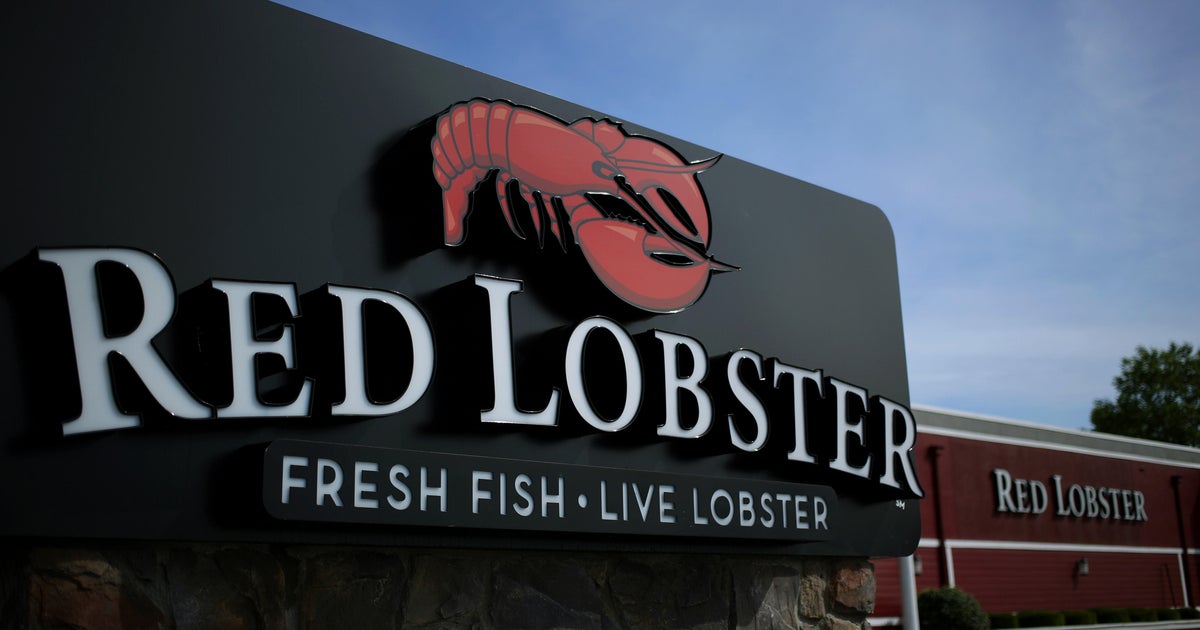Bussiness
Red Lobster files for Chapter 11 bankruptcy protection

Red Lobster, the nationwide restaurant chain known for its affordable seafood and cheddar bay biscuits, said late Sunday that it filed for Chapter 11 bankruptcy protection.
In a statement, Red Lobster said it plans to sell “substantially all” of its assets. The company, which reported roughly $294 million in outstanding debt, added that its roughly 650 restaurants will remain open and operating during the bankruptcy process.
“This restructuring is the best path forward for Red Lobster,” CEO Jonathan Tibus said in the statement. “It allows us to address several financial and operational challenges and emerge stronger and re-focused on our growth. The support we’ve received from our lenders and vendors will help ensure that we can complete the sale process quickly and efficiently while remaining focused on our employees and guests.”
The bankruptcy filing comes one week after a company that helps businesses liquidate restaurant equipment revealed that Red Lobster planned to close roughly 50 of its restaurants.
The chain is partially owned by Thailand seafood producer Thai Union, which first invested in Red Lobster in 2016. In January, the company announced plans to sell its stake, with CEO Thiraphong Chansiri saying the pandemic, higher interest rates, and rising material and labor costs have hurt Red Lobster’s financial performance.
Pandemic pain
Red Lobster’s roots date back to 1968, when the first restaurant opened in Lakeland, Florida, as a family-owned establishment under local restaurateur Bill Darden. The restaurant eventually expanded nationwide, allowing Americans from all corners of the U.S. to enjoy crab, shrimp, lobster and other seafood.
In court filings, Red Lobster said its financial position declined in recent years because of a decline in customers, rising food costs due to inflation and having to sustain underperforming locations. The company has seen a roughly 30% decline in customer visits since 2019, the documents show. For its 2023 fiscal year Red Lobster reported a net loss of $76 million.
As sales and customer visits fell, Red Lobster paid $190.5 million in rent in 2023 — about $64 million on underperforming stores. Renegotiating or terminating the leases for those stores will be a big part of Red Lobster’s organization, said Judah Gross, senior director at Fitch Ratings.
The end of “endless shrimp”
Another financial challenge was that the restaurant chain was limited limited in where it could purchase seafood because Thai Union “exercised an outsized influence on the company’s shrimp purchasing,” Red Lobster said in its filing.
Red Lobster also blamed its decline on its “ultimate endless shrimp” promotion, which debuted in 2004 as a once-a-year, all-you-can-eat offer. However, former CEO Paul Kenny decided to make the deal a permanent menu item, at a cost of $20 per order, “despite significant pushback from other members of the company’s management team,” court documents state. The promotion led to further losses for Thai Union, court documents state.
“The company disclosed in their [bankruptcy] filing that they are currently investigating whether actions taken [by] Mr. Kenny and Thai Union were appropriate and consistent with applicable duties and obligations to Red Lobster,” Gross said in an email to CBS MoneyWatch.







:max_bytes(150000):strip_icc()/roundup-writereditor-loved-deals-tout-f5de51f85de145b2b1eb99cdb7b6cb84.jpg)


